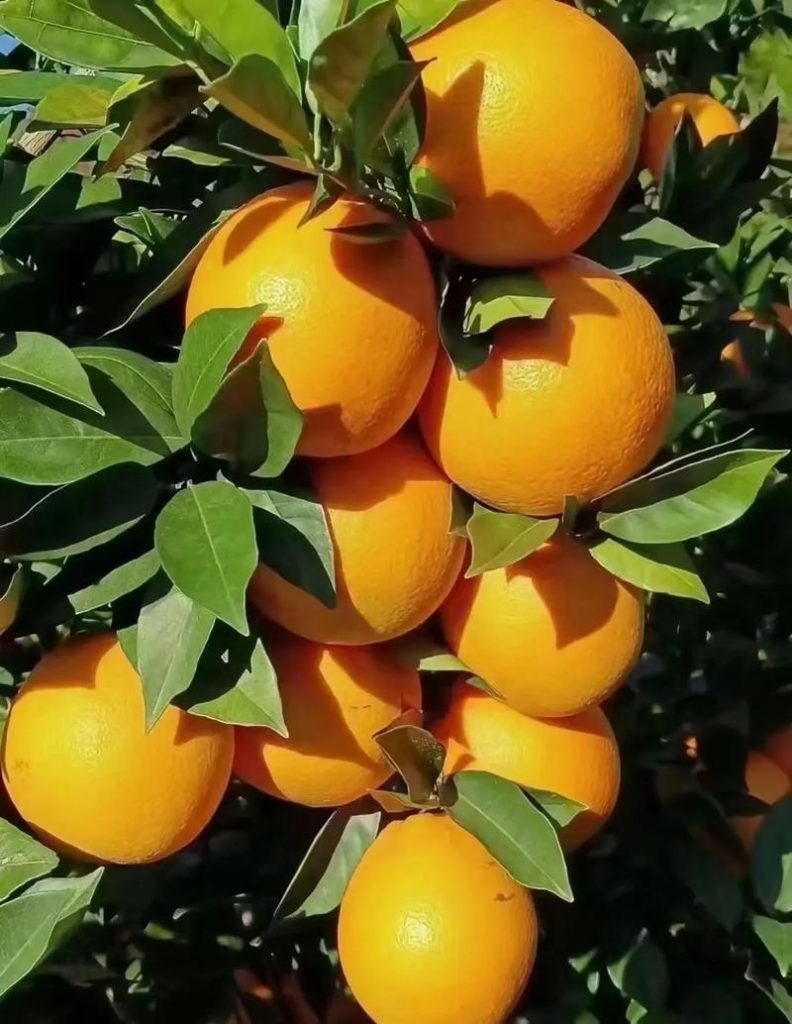
The Grove Where My Heart Grows: A Navel Orange Story, Told in Sunlight and Dirt
If you stand at the edge of our grove at dawn, you’ll hear it first—a low, contented hum. Not machinery, not wind. Just the sound of orange trees breathing, their leaves rustling like old friends sharing secrets. This is where I’ve lived my whole life, where my feet know every root, my hands remember the weight of a ripe orange, and the soil beneath my boots feels less like dirt and more like home. We’re not just growing navel oranges here. We’re growing memories, traditions, and a little bit of magic.
My First Orange: A Lesson in Sweetness
I was six when I stole my first orange. Not a ripe one—green, hard, and sour enough to make my face pucker—but it was mine. I’d watched my dad climb ladders, his calloused hands gently twisting fruit from branches, and decided I was ready. He caught me red-handed, juice dripping down my chin, and instead of scolding, he laughed. “Told you,” he said, handing me a rag. “Oranges need time. Rush ’em, and they’ll taste like regret.”
That day, he taught me to “read” a tree. “See these leaves?” he’d point, brushing a finger over glossy green. “Shiny means happy. Droopy? Thirsty.” He showed me how to test ripeness: press the skin—soft, but not mushy—and smell the stem end. “If it smells like sunshine, it’s ready.” By eight, I was his “official taste tester,” perched on a bucket, giving the thumbs-up to batches of fruit. Those afternoons—sun on my neck, juice in my hair, my dad’s stories weaving through the air—are the roots of everything we do here.
Growing with the Land, Not Against It
Farming, to us, is a conversation. We listen more than we speak.
Take water. California’s dry, but our grove thrives because we work with the weather, not against it. We dig swales—shallow ditches along the rows—to catch winter rains, letting them seep slowly into the soil instead of washing away. In summer, we rely on drip irrigation, tiny streams that kiss the roots without wasting a drop. “The trees know what they need,” my dad insists. “We just help them remember.”
Pests? We’ve got a posse. Ladybugs patrol for aphids, barn owls nest in our old tractor shed to hunt gophers, and we plant wildflowers—marigolds, cosmos, sunflowers—along the perimeter. They’re not just pretty; they lure pollinators and confuse bad bugs. “Nature’s got this,” says Miguel, who’s been picking here since he was a teen. “We just gotta get out of the way.”
And harvest? It’s slow. Deliberate. We start at sunrise, when the oranges glow like little suns, still warm from the night. Workers move like dancers—stooping, cupping, placing each fruit into crates lined with straw. No tossing, no rushing. “These are gifts,” Rosa, who’s been with us 30 years, says. “You don’t throw gifts.”
Imperfections Are Where the Heart Is
Not every orange makes the “perfect” pile. Some have a nick from a branch, others are lopsided, their tops a little flat. For years, we’d toss those—or worse, sell them cheap. Then my daughter, Lila, then 10, brought one to me. “This one’s ugly,” she said, holding up a scarred fruit. “But it tastes the same, right?”
Right. So now, we call them “character oranges.” They go to the senior center, where Mrs. Gomez uses them to make marmalade (“The scars add flavor!”). They go to the school cafeteria, where kids fight over who gets the “most interesting” one. And sometimes, we leave them in the field—for the rabbits, the quail, the little creatures who call this place home too.
What You’ll Carry Home
When you order our navel oranges, you’re not just getting fruit. You’re getting a piece of this place: the smell of jasmine from the wildflowers, the sound of my dad whistling as he checks irrigation lines, the feel of Rosa’s calloused hands that picked your fruit.
Bite in, and taste the patience. The first zing—bright, tangy, like a squeeze of morning sun—then the sweetness, slow and rich, like honey steeped in warmth. The juice runs, not watery, but full-bodied, coating your tongue. Peel it, and the skin comes away cleanly, leaving no bitter pith—just a faint, citrusy scent that lingers, like a memory you don’t want to forget.
Come, Taste the Story
If you’re ever nearby, pull up a stool. We’ll sit under the old oak, share tamales from Maria’s kitchen, and let you pick your own. I’ll show you how to test ripeness by smell, point out the tree my dad planted the day I was born, and let you taste the difference between a “character orange” and a “perfect” one. Spoiler: There isn’t one.
If you’re far away, we’ll pack your order with care—straw in the crate, no plastic, just the fruit and the stories it carries. These oranges aren’t mass-produced. They’re not perfect. They’re grown by people who care, on land we love, for anyone who believes food should taste like it has a soul.
So go ahead. Peel one. Let the juice drip. And taste the dawn, the dirt, and the decades of love that went into growing it.
Our grove is here. And it’s waiting to meet you.
Article link:https://www.vlefooena.com/the-grove-where-my-heart-grows-a-navel-orange-story-told-in-sunlight-and-dirt/

No reply content